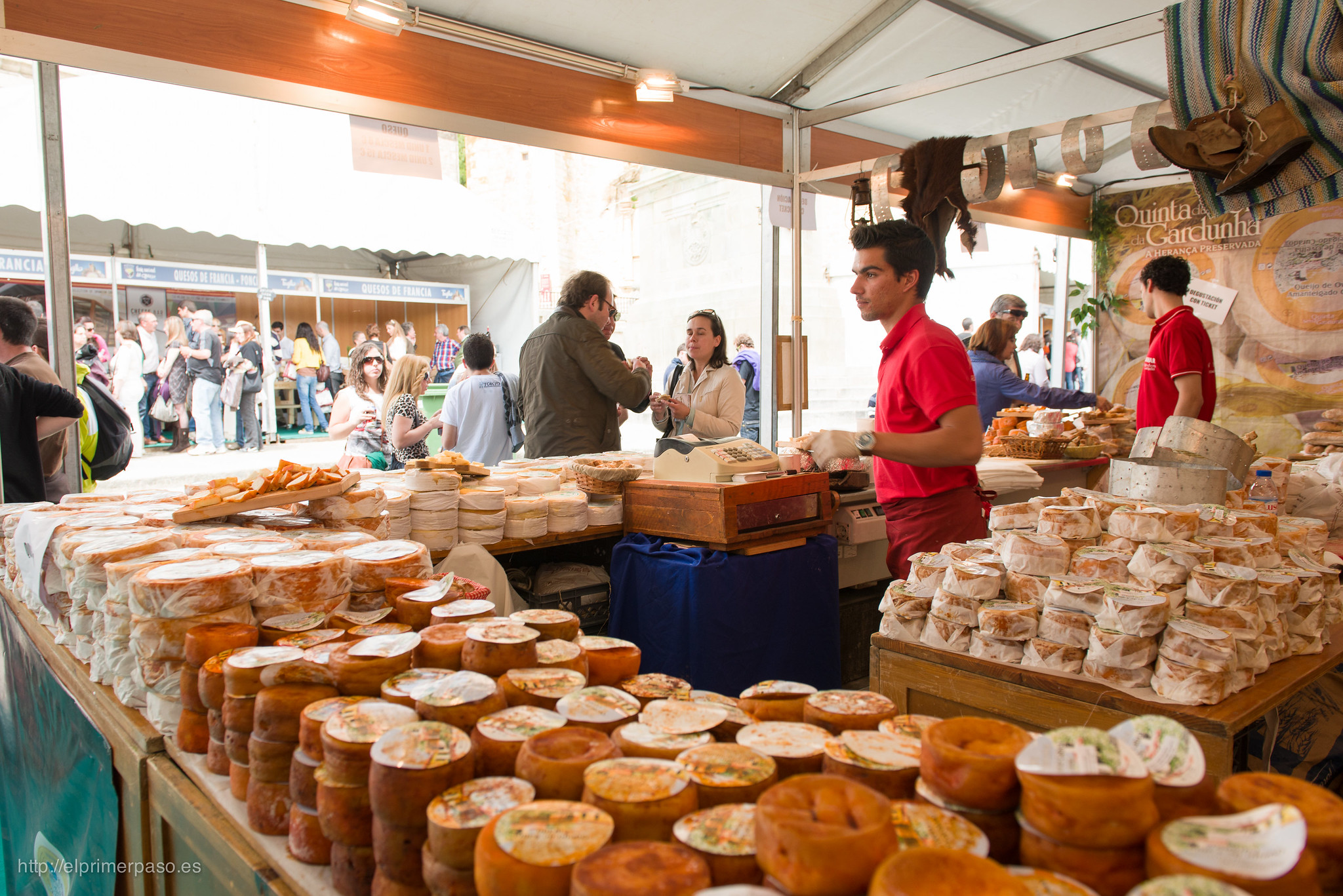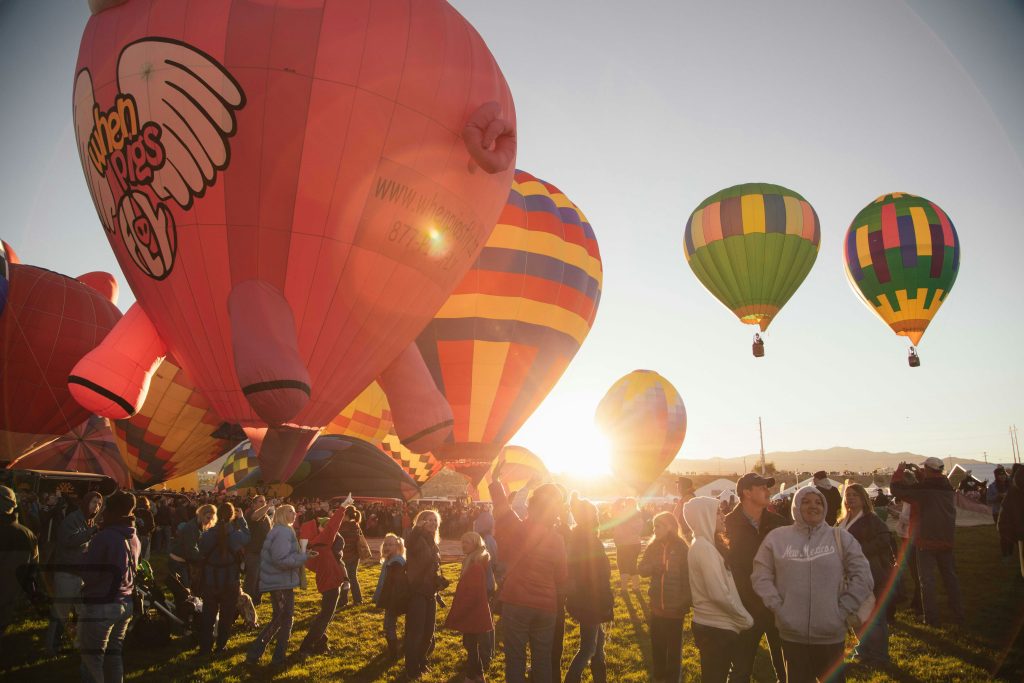Published on 29 Mar 2022
Finding innovative and sustainable solutions for heritage-based tourism can be challenging. TExTOUR’s Action Cards are a tool designed to show good cultural tourism practices and inspire the project pilots’ work.
The Action Cards are based on the 11 Tourism Heritage Types identified in TExTOUR’s pilots: dark, archaeological, industrial, city, cultural events and creative tourism, culinary, village, museum, pilgrimage, hiking and eco-tourism. They showcase different heritage-based tourism solutions implemented by local communities all over the world, share different experiences of governance models and funding systems and present lessons learned from cultural tourism actions in different contexts.
For each implemented action there are indications about the country and city in which the activity took place, the heritage types and the cultural tourism categories involved. Each card is divided into four paragraphs: a short description of the action, the actors involved, the financial resources and the lesson learned.
The Action Cards are available for download in TExTOUR’s website.
Action card #2. (Not so) Dark tourism: The Merry Cemetery in Săpânţa (Romania) – An expression of folk culture
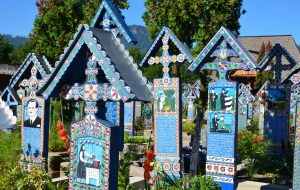
Dark Heritage doesn’t have to be dark and cemeteries can be colourful and full of life, as demonstrated by this action taking place in a very special cemetery in a Romanian village.
The Merry Cemetery is a unique burial ground that presents the village’s community life through a series of epigraphs in local dialect or with colourful bas-relief gravestones, painted in the characteristic Săpânţa blue colour.
The Merry Cemetery visibility has been increased through a series of touristic actions such as guided tours, books and other printed materials. But the main event is “the Long Road to Merry Cemetery Festival”, a festival fostered by an Irish compositor who moved to Romania. The 2020 edition of the festival was funded with EU funding under the Regional Operational Programme, while the open-air museum is managed by public bodies.
This action addressed in an innovative way both the local people and the foreign tourist, with the cemetery acting as a main focus around which thematic routes, music, gastronomic events and many other initiatives are organised.
Action Card #9. Forest Art Workshop in the Natural History Museum of the Lesvos Petrified Forest
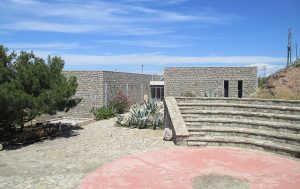
This is a multi-disciplinary action involving the sectors of art, nature, history and sustainable development. The Natural History Museum of the Lesvos Petrified Forest organised a workshop in collaboration with the Geo-Naturpark Bergstraße-Odenwald UNESCO Global Geopark and the International Forest Art Association.
The workshop was designed for a wide audience, from students to environmentalists, with the aim to show the link between nature, art and sustainability and to explore how forest art can engage in climate change issues.
The result of the workshop was a series of tangible artworks made using natural materials from the forest. Through this experience people were able to connect to their natural heritage and territory through art.
Action Card #22. Responsible tourism practice in small rural villages: the case of Kalofer and Gorno Draglishte, Bulgaria
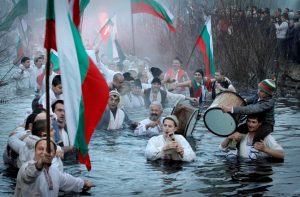
Impactful actions don’t always require lots of money and people, sometimes the passion, perseverance and vision of a few people can make the difference.
It is the case of the Odysseia-In tourism company: a family- owned business providing walking, skiing, adventure tours and village life experiences in the Bulgarian remote villages of Gorno Draglishte and Kalofer.
The main attractions of these two villages are the National Park, the local traditions, folklore, history and traditional buildings.
All the actions are funded by the Odysseia-In company and aims to promote sustainable tourism practices with direct social impacts, identifying under-utilised local products, attractions and itineraries to improve visitors experiences and increase local economy.
The actions implemented by the Odysseia-In tourism company include the organisation of participatory workshops with staff and locals, walks along typical routes and interviews with locals and visitors.
These are three examples of different sustainable tourism actions but there are much more to discover. Let TExTOUR’s Action Cards inspire you in your journey towards a more sustainable tourism in Europe and beyond.
